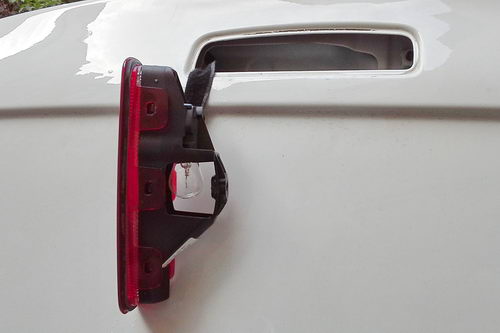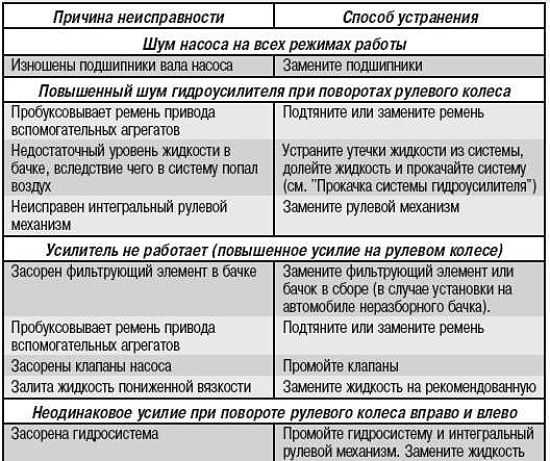
How to Replace a Tail Light on SUVs, Vans and Hatchbacks
Content
Taillights are very important for road safety. Over time, the tail light may burn out and require replacement of the bulb or the entire assembly.
When your car's taillights burn out, it's time to replace them. Tail lights are important safety features that allow other drivers to see your vehicle's intentions while driving. By law, working taillights are required when driving.
As vehicles age, it is not uncommon for one or more taillight bulbs to burn out. The rear light system includes running lights or taillights, brake lights and direction indicators. Occasionally repair taillights, but if the taillight assembly may be wet or broken. They require a new tail light assembly. Different release years may have slightly different steps, but the basic premise is the same.
This article will help you remove the tail light, check the tail light, and replace the bulb.
Part 1 of 3: Removing the rear light
The first part will cover all the tools and steps required to remove the rear light assembly.
Necessary materials
- Rubber gloves
- Pliers
- Rag or towel
- Screwdriver
Step 1: Find the components. Confirm which side tail light is not working.
This may require a partner to watch while you apply the brakes, turn signals, hazards, and headlights.
Once you know which taillight burned out, open the back door and find a pair of black plastic thumbtacks.
Step 2: Removing the Push Pins. The push pins are made up of 2 parts: an inner pin and an outer pin that holds the assembly in place.
Using a screwdriver, carefully pry out the inner pin. Then lightly grasp the inner pin with pliers and gently pull it until it loosens.
The push pins should be completely removed now and set aside in a safe place to be reinstalled later. If the pins are broken during removal, they are a common feature in many parts locations and should be replaced.
Step 3: Remove the tail light assembly.. When the push pins are removed, the tail light assembly should be free.
The tail light will be on the hook and will need to be removed from the hook clip. Pull back carefully and maneuver as necessary to remove the tail light assembly from its position.
Step 4: Disconnect the wiring. Lay a rag or towel on the rear edge of the rear light opening and place the body against the rag.
There will be a protective tab on the wiring. Slide the red lock tab and pull the tab back.
The connector can now be removed. There will be a retainer on the connector, gently push it in and pull the connector to remove it.
Install the rear light in a safe place.
Part 2 of 3: Lamp Replacement
Step 1: Removing the bulbs. The lamp sockets will click into place. Some years may be slightly different.
Press the latches located on the sides of the lamp socket and gently pull outward. The bulbs will pull straight out of the holder.
Some years may require the lamp holder to be twisted or detached for removal.
- A warning: Lamps must not be touched with bare hands due to oil contamination.
Step 2: Examine the light bulb. The location and faulty light bulbs should have been noted in the previous steps.
Burnt out light bulbs will have a broken filament, in some cases the light bulb may have a darkened burnt appearance. Inspect all lamps if necessary.
- Functions: Latex gloves should be worn when handling lamps. The oil on our skin can damage light bulbs and cause them to fail prematurely.
Step 3: Replace the light bulb. Once the bulbs that need to be replaced are found, they will be removed from their holders and a replacement bulb will be installed in their place.
Make sure the bulb is fully secured in the bulb holder and reinstall the bulb holder in the tail light.
In cases where a new assembly is required, the lamp holders will be replaced with a new assembly.
Part 3 of 3: Installing the rear lights
Step 1: Install the wiring. Plug the connector back into the rear light housing socket.
Make sure the connection locks into place and does not pull out.
Connect the red fuse and lock it in place so that the connector does not move after installation.
Step 2: Replace the case. Hook the tongue of the rear light housing back into the appropriate slot.
Gently place the case back into the socket, at which point it may loosen a bit.
Then press on the loosely installed push pins.
Don't lock them in place just yet.
Now test the rear light assembly again with a partner for proper operation, if necessary, make sure all the lights are on as intended.
Step 3: Final Installation. Secure the push pins by applying light pressure to the center section until it locks into place.
Inspect the rear light and make sure the assembly is seated correctly. A damp cloth can be used to wipe dust off the rear light assembly.
At any point, if any of these steps make you feel uncomfortable, feel free to seek the help of a professional mechanic.
Replacing a taillight on a van, SUV, or hatchback can be a simple operation if you are careful and lubricate your elbow a little. Remember not to touch light bulbs with bare hands. Do-it-yourself repairs, such as changing a taillight, can be fun and allow you to learn more about your car. In case any of these steps is inconvenient, do not hesitate to contact a professional service, for example, AvtoTachki certified specialists, to replace your tail light bulb.

